Which Animals Are Nocturnal?
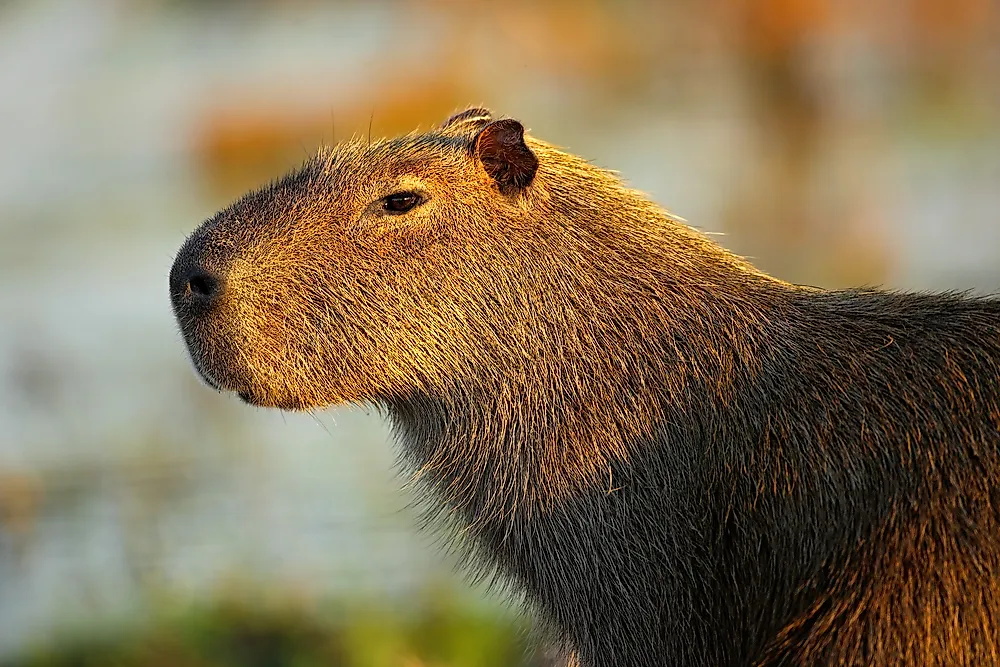
Nocturnality is an animal behaviour characterized by being active during the night and sleeping during the day. Nocturnal creatures generally have highly developed sense of hearing, smell, and specially adapted eyesight. Discover which of your favorite animals only come out at night by consulting this nocturnal animals list.
10. Badger
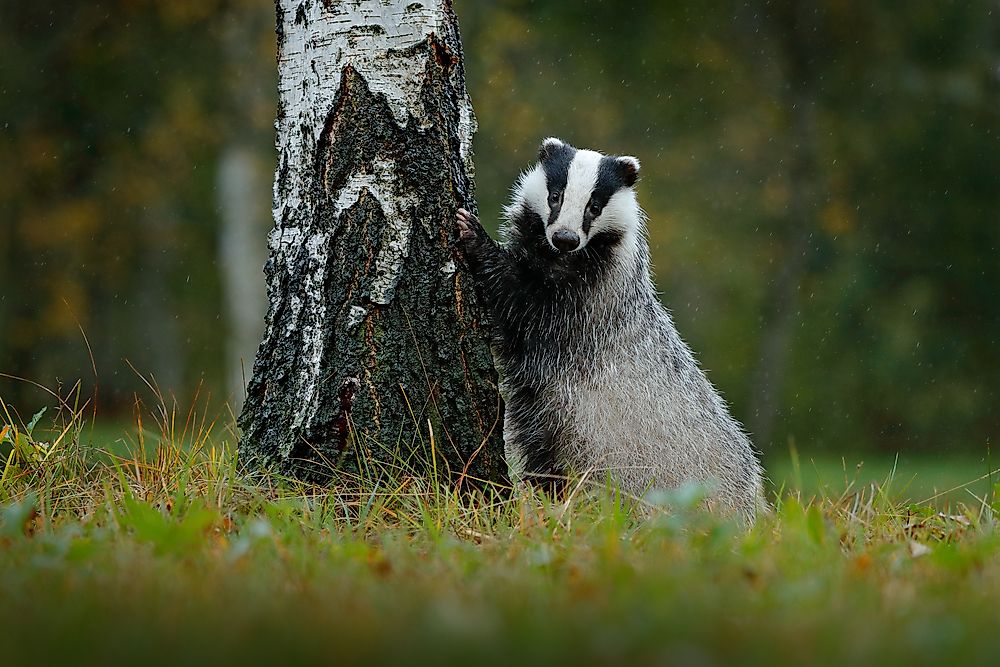
Badgers are short-legged omnivores including 11 species. They have short, wide bodies with short legs made for digging. They have elongated head, similar to weasels, with small ears. Their fur varies from black, white, grays and brown, usually with black faces, distinctive white markings and a light-coloured strip down their back. They range between 20 to 40 lbs, depending on species. Badgers find shelter underground, living in burrows called setts, either solitary or in clans known as cetes. Badgers can be found across the globe from North America, Great Britain and Ireland to Sub-Saharan Africa and Asia.
9. Beaver
Beavers are large, semi-aquatic rodents who are included on the list of nocturnal animals. Found in North America and Europe, these rodents are known for building damns, canals and lodges in reservoirs of water. As the second largest rodent in the world, their colonies build dams to provide still, deep water to protect against predators. Their strong front teeth can cut trees down, used for building. They are known for their alarm signal – slapping their tail loudly against the water – to alert danger. Unfortunately, their main predator are humans as the North American beaver population has historically declined due to over-hunting for fur and glands used in medicine and perfumes.
8. Capybara
The capybara is the largest living rodent in the world. Similar looking to oversized guinea pigs, these South American rodents inhabits savannas and dense forests, living near bodies of water. Highly social species, they can be found in groups as large as 100 individuals, but are normally found in smaller groups of 10-20 individuals. As semi-aquatic animals, they spend a lot of their time lounging in water, grazing on grass and aquatic plants. The capybara can remain submerged underwater for up to five minutes, hiding from predators or grazing on deeper plants.
7. Mouse
Mice are small rodents known for their small rounded ears and pointed snout. The most popular species, the common house mouse, make playful pets. Field mice’s are known for their pesky behaviours of invading homes for food and shelter. Mice reproduce quickly, with a gestation period of 20 days, producing and average litter of 10-12 young, known as pups. Mice often stay in groups, building long, intricate burrows in the wild. These burrows usually have long entrances with multiple escape tunnels.
6. Kangaroo
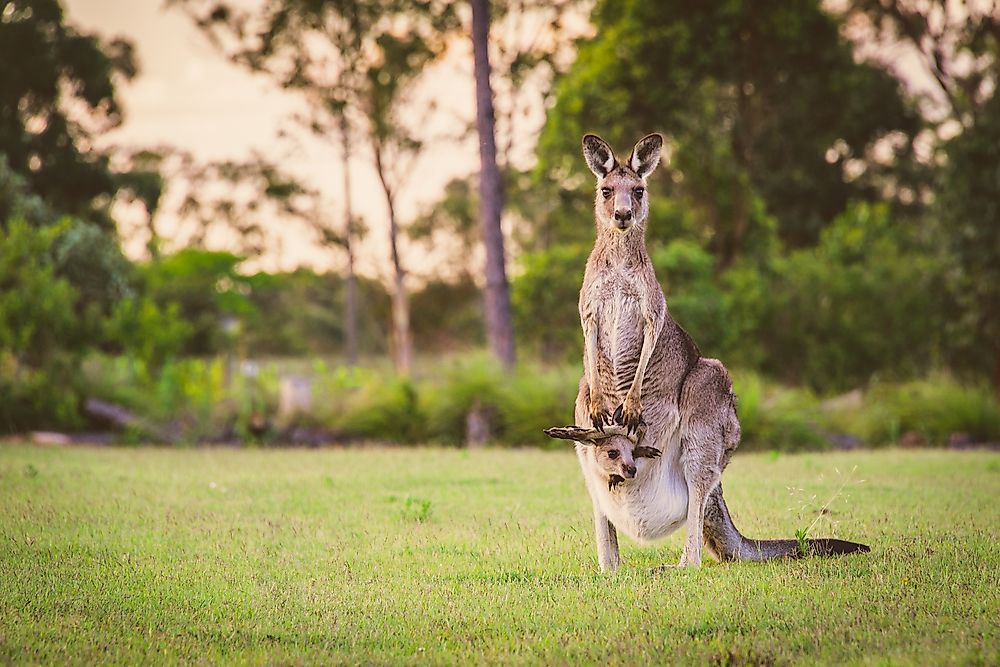
The kangaroo is a nocturnal marsupial indigenous to Australia. Kangaroos have large, powerful hind legs with large feet adapted for leaping, and a long tail for balance. Kangaroos are the only large animals that use hopping as a means of travel. Female kangaroos have pouch called a marsupium in which joeys, baby kangaroos, complete postnatal development. These plentiful animals are a symbol of Australia, appearing on the Australian Coat of Arm and some of its currency. Despite their popularity, wild kangaroos are shot for meat, leather hides, and to protect grazing land. These herbivores have few natural predators, as humans as their main current concern.
5. Hermit Crab
Hermit crabs are crustaceans divided into two groups; marine hermit crabs and land hermit crabs. Both groups have soft, vulnerable abdomens which they protect in salvaged empty seashells, in which the whole body can retract. The most common is the shells of sea snails as the hermit crab’s abdomen is adapted to clasp strongly into the spiraled shape of the sea snail shell. The marine species spend most of their life underwater, living as aquatic species. They breathe through their gills and can survive briefly out of water. The terrestrial species live in tropical areas but remain near water to keep their gills damp to survive.
4. Hamster
Hamsters are small rodents containing 25 different species. These burrowing animals have elongated cheek pouches used to store food to carry back to their underground homes. As omnivores, they feed primarily on seeds, fruits, and vegetation, as well as burrowing insects. Hamsters have poor eyesight leaving them nearsighted and colourblind. Instead they used their scent glands, located on their hind legs, to leave scent trails to find their way. Most hamsters are strictly solitary and remain in their borrows alone. Housing together can cause acute and chronic stress, with the exception of certain species that bond for life with their mate, such as the Russian hamster, which can become depressed if separated.
3. Raccoon
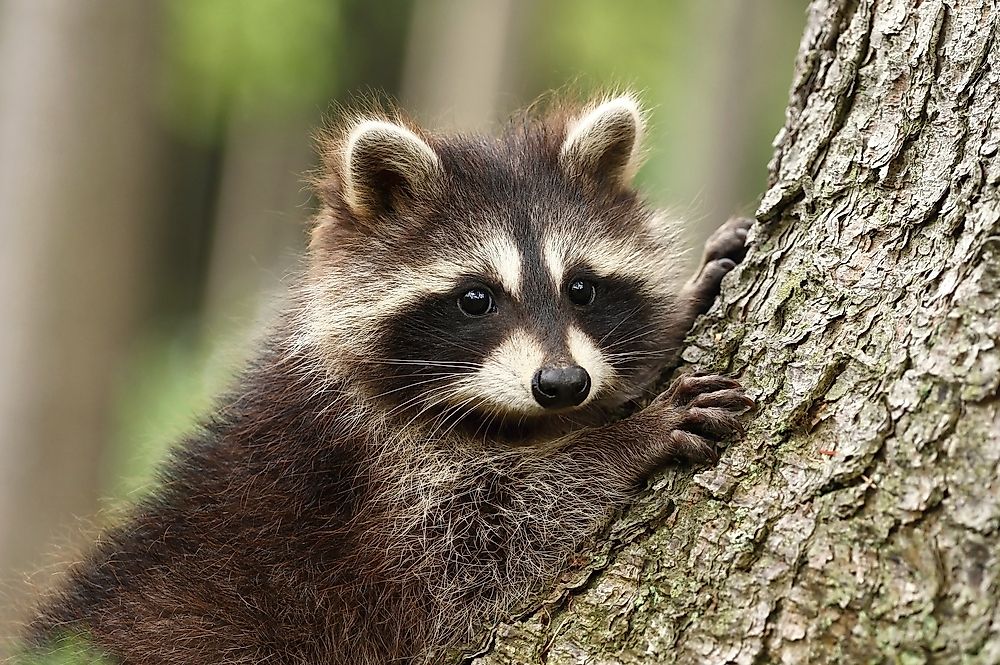
Raccoons are medium-sized nocturnal mammals native to North America. Raccoons are noted for their intelligence, extremely dextrous front paws, and their facial mask. Their grayish coats consist of dense underfur which insulates against cold weather. Originating from deciduous and mixed forests, raccoons have adapted to include mountainous ranges, coastal marshes and urban areas to their habitats. Though usually nocturnal, raccoons are sometimes active in daylight to take advantage of available food sources. These omnivores can develop strong individual preferences for specific foods when resources are plentiful.
2. Tarantula
Tarantulas comprise a group of large and often hairy arachnids. Except in cases of anaphylaxis due to sever allergies, no species of tarantula is dangerous to humans, and some have become popular in the exotic pet trade. Tarantula sized range from as small as a fingernail to as large as a dinner plate. Although all species produce silk, tarantulas do not reside on webs. The arboreal species reside in tubes made of silk within the trees, while the terrestrial species use silk to stabilize their underground burrows.
1. Tasmanian Devil
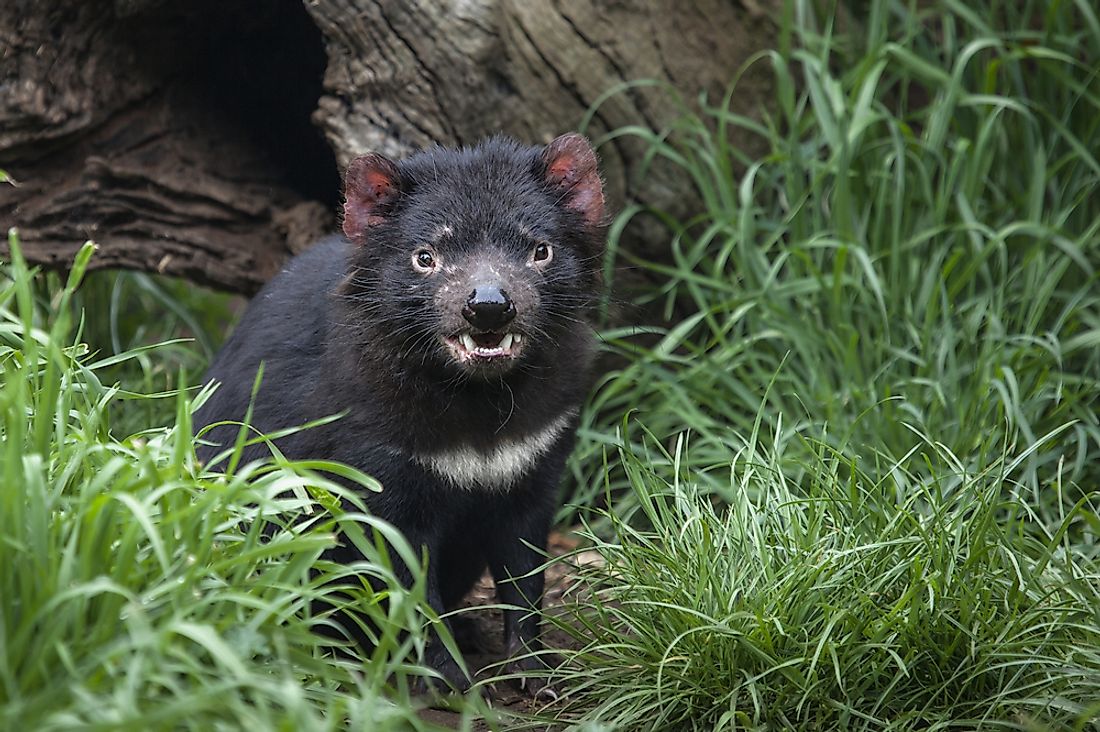
The Tasmanian Devil is a carnivorous marsupial native to Australia, now solely found on the island state of Tasmania. They are nocturnal. The size of a small dog, devils are characterized by their stocky and muscular build, black fur, pungent odour, extremely loud and disturbing screech and ferocity while feeding. The animals large head and neck allows it to generate among the strongest bites per unit body mass of any current land mammal predator. Devils are not monogamous and their productive process is very robust and competitive, resulting is many violent fights. Females can give birth to roughly 20-30 live young within their life.











